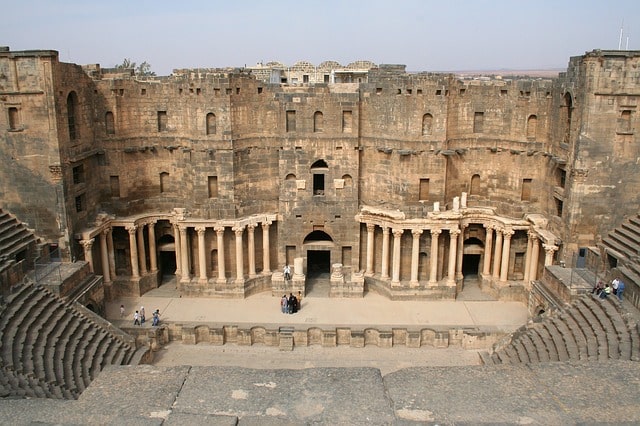
Pan-Arabism is based on Arab nationalism
Pan- Arabism is the current that drives the unity of all Arab nations . It is a movement and an ideology that was born in the 1930s and had great growth in the '60s thanks to the Egyptian leader Gamal Abdel Nasser .
Its foundations
The basis of pan-Arabism is Arab nationalism , which was largely defined thanks to the influence of popular nationalism since the second half of the 1940s. Taking into account the common roots, it promotes that all the Arab peoples of the Asian continent and also Africa achieve political unity and act as a single nation .
At that time the concept of " Third World " also became especially important, understood as a series of countries that tried not to be absorbed. Those who had just become independent had several traits in common, and this allowed them to unite much more strongly than others: we are talking about social, cultural, historical and economic issues, among others.
Thanks to this unity that they could achieve based on their common traits, they also enjoyed greater collective power and a moral bond between citizens and rulers. To all this we must add the influence of socialism, which reflected the global situation at the time .
Its emergence
The emergence of pan-Arabism was linked to the desire of Arab leaders not to depend on the designs of other international blocs. If Arab countries strengthened ties or merged, they would have greater power .
Given the aforementioned inspiration of this movement in the ideas coming from socialism, we can say that at the political level the pan-Arabists proposed the creation of a State that represented all Arabs and that also promoted agrarian reform and the nationalization of foreign companies.
Another of the pillars of the emergence of pan-Arabism was the fall of the Ottoman Empire . In almost the entire Arab world, the government was run by monarchs whose education had taken place in the old metropolises, advised by people from the West who led them to imitate their lifestyle.
Its rise
The rise of pan-Arabism was reached after the Sinai War , which broke out when Nasser decided to nationalize the Suez Canal in 1956 . The period lasted approximately three decades, between 1940 and 1970. In 1947, the formation of the Arab Socialist Baath Party took place, also known as the Renaissance Party , defined as secular, Arab and in favor of socialism.
Baath achieved power in Iraq and Syria , although it did not always remain united and in pursuit of the same objective: some time later it divided into various local branches whose ideological bases led them to confront each other. Nasser also entered the scene at that time, as a leader who mobilized Arab politics and earned a privileged space in the history of nationalism.
Beyond the military result, it was considered that Nasser achieved a political victory and thus the so-called Nasserism and the doctrine of pan-Arabism expanded. Regarding the retreat of pan-Arabism, historians believe that the Six-Day War , where Israel prevailed over an Arab coalition in 1967 , was key.

It arose from the desire not to depend on other international blocks
Pan-Arabism is not pan-Islamism
It is important not to confuse pan-Arabism with pan-Islamism . While pan-Arabism is rather political and transcends religion, pan-Islamism emphasizes Islam as the meeting point of Arabs and the pillar of the State.
Precisely, pan-Islamism associates identity with belonging to the Islamic religion , so that unity is achieved through that means. We must not fail to mention that the founding of Pan-Arabism was largely carried out by Arabs who professed Christianity, such as Michel Aflaq , a theorist born in Ottoman Syria whose religion was Greek-Orthodox Catholicism.
